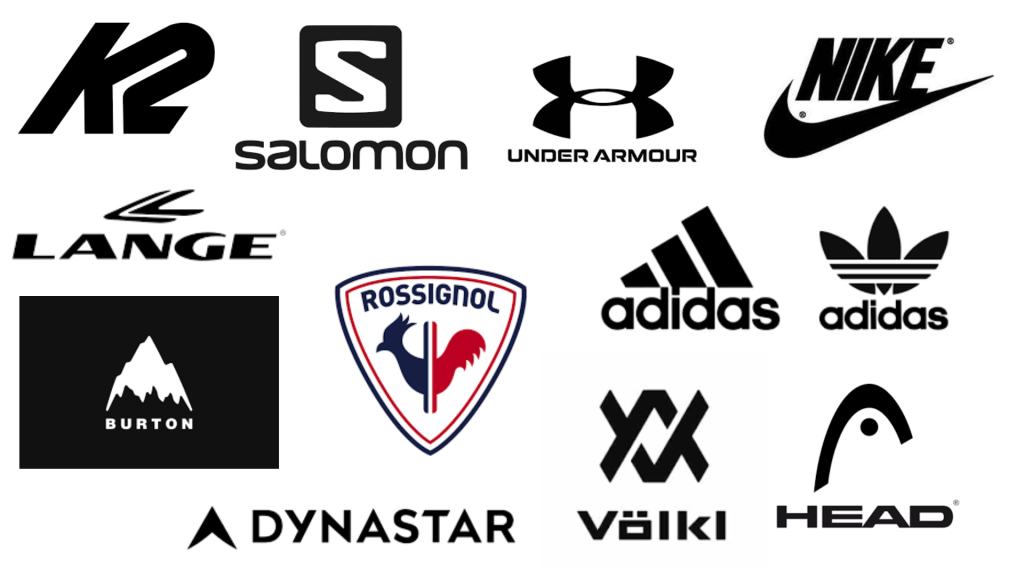As the first snowflakes fall and the mountains beckon, the winter sports equipment market gears up for another season of thrilling rides and frosty fun. This dynamic industry, valued at US$15 billion in 2024, is expected to carve its way to US$18.44 billion by 2029, fueled by an ever-growing passion for skiing, snowboarding, and other winter pursuits. But what drives this icy ascent? Let’s explore the market size, share, and key trends shaping the snowy landscape.
Market Share: Where the Tracks Lead
North America, boasting snowy peaks and a strong sporting culture, holds the largest market share (35%), followed by Europe (30%), where winter sports hold tradition close. However, Asia Pacific is emerging as a major contender, projected to witness the fastest growth (6.8% CAGR) due to rising disposable incomes and growing interest in winter sports tourism.
Market Size: Beyond the Peaks

The equipment itself makes up the significant chunk of the market (60%), spanning skis, snowboards, boots, bindings, and helmets. Apparel takes the next slice (30%), with consumers seeking warmth, performance, and style. Accessories (10%) like goggles, poles, and bags complete the wintry picture.
Trendsetting Turns: Shaping the Future
Several trends are carving new paths in the winter sports equipment market:
- Technological Advancements: Lighter, stronger materials, smart technology integration, and personalized fittings are enhancing performance and comfort.
- Rental and Subscription Models: Offering easier access and affordability, these models attract new participants and encourage frequent upgrades.
- Sustainability Focus: Eco-friendly materials, production processes, and responsible sourcing gain traction as consumers seek greener gear.
- E-commerce Boom: Online platforms offer convenience and wider product selection, driving market growth, particularly in remote locations.
- Experiential Focus: Beyond equipment, consumers seek tailored packages and adventure experiences, opening doors for collaborations with resorts and tourism providers.
Players on the Podium: Who’s Leading the Charge?
The market features a mix of established giants and nimble players:

- Global players: adidas, Nike, Under Armour, Salomon, Atomic, Head, Burton, K2.
- Regional players: Rossignol, Dynastar, Lange, Dalbello, Elan, Völkl.
- Niche players: Focusing on specific sports, technologies, or sustainability practices.
Navigating the Avalanche: A SWOT Analysis
Understanding the market’s strengths, weaknesses, opportunities, and threats is crucial for success:

Strengths:
- Growing popularity of winter sports, driven by health, adventure, and social aspects.
- Increasing disposable incomes in key markets.
- Technological advancements enhancing performance and attracting new participants.
- Diverse product offerings catering to different needs and budgets.
Weaknesses:
- Dependence on weather conditions and snowfall, vulnerable to climate change.
- High initial investment cost for equipment, potentially hindering participation.
- Safety concerns can deter some participants, especially beginners.
- Seasonality can limit sales and profitability for businesses.
Opportunities:
- Expanding into emerging markets with growing winter sports potential.
- Developing innovative and sustainable products to attract eco-conscious consumers.
- Leveraging digital technologies for e-commerce, personalized marketing, and data-driven insights.
- Offering rental and subscription models to make participation more accessible.
- Collaborating with resorts and tourism providers to create unique winter experiences.
Threats:
- Economic downturns impacting consumer spending, especially on non-essential items.
- Rising competition from alternative winter activities and entertainment options.
- Increasing safety regulations and compliance burdens.
- Potential disruptions from new technologies like snowless ski slopes.
The Last Descent: Powdery Potential Awaits
The winter sports equipment market presents a thrilling ride, filled with opportunities and challenges. By understanding the market dynamics, trends, and key players, businesses can carve their own path to success. Remember, adapting to shifting preferences, embracing sustainability, and offering innovative solutions will be key to reaching the peak of this dynamic and ever-evolving market.



